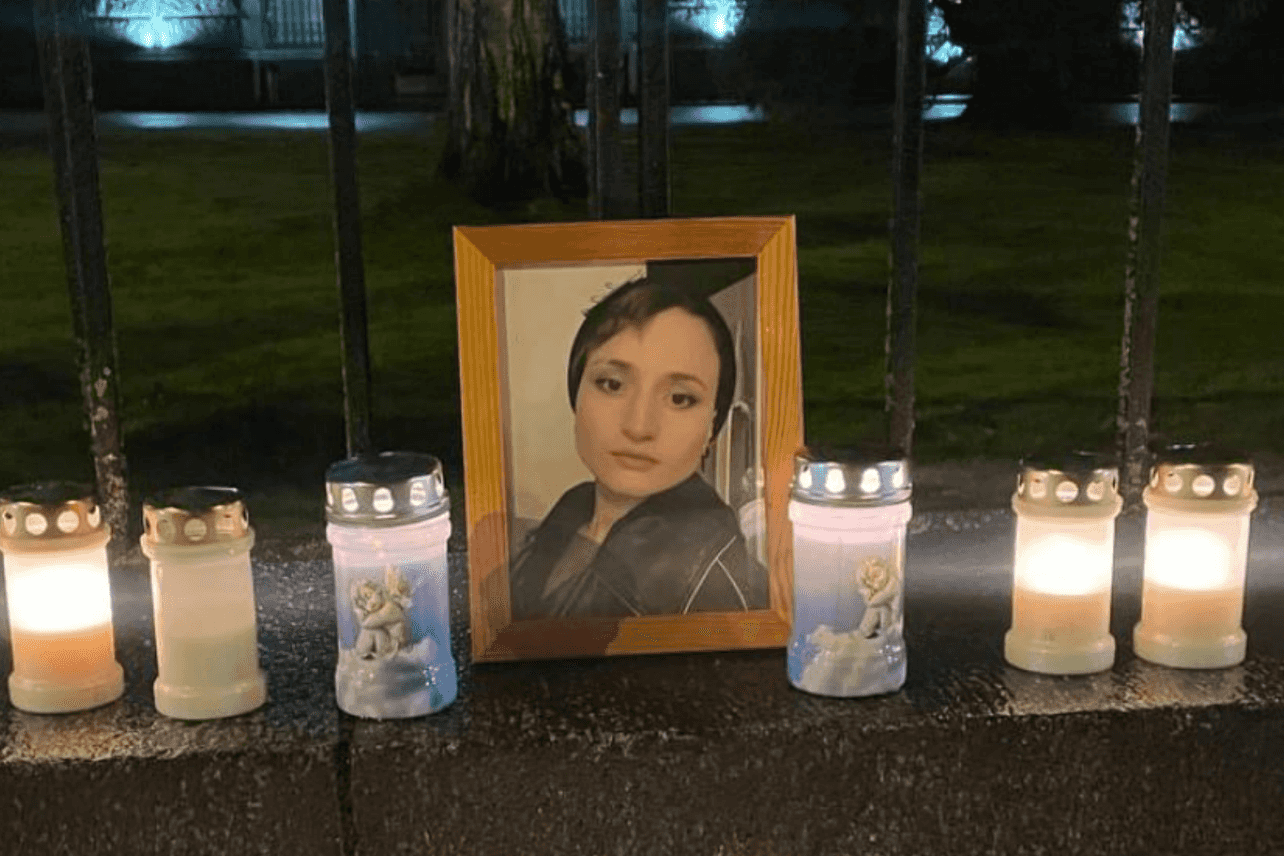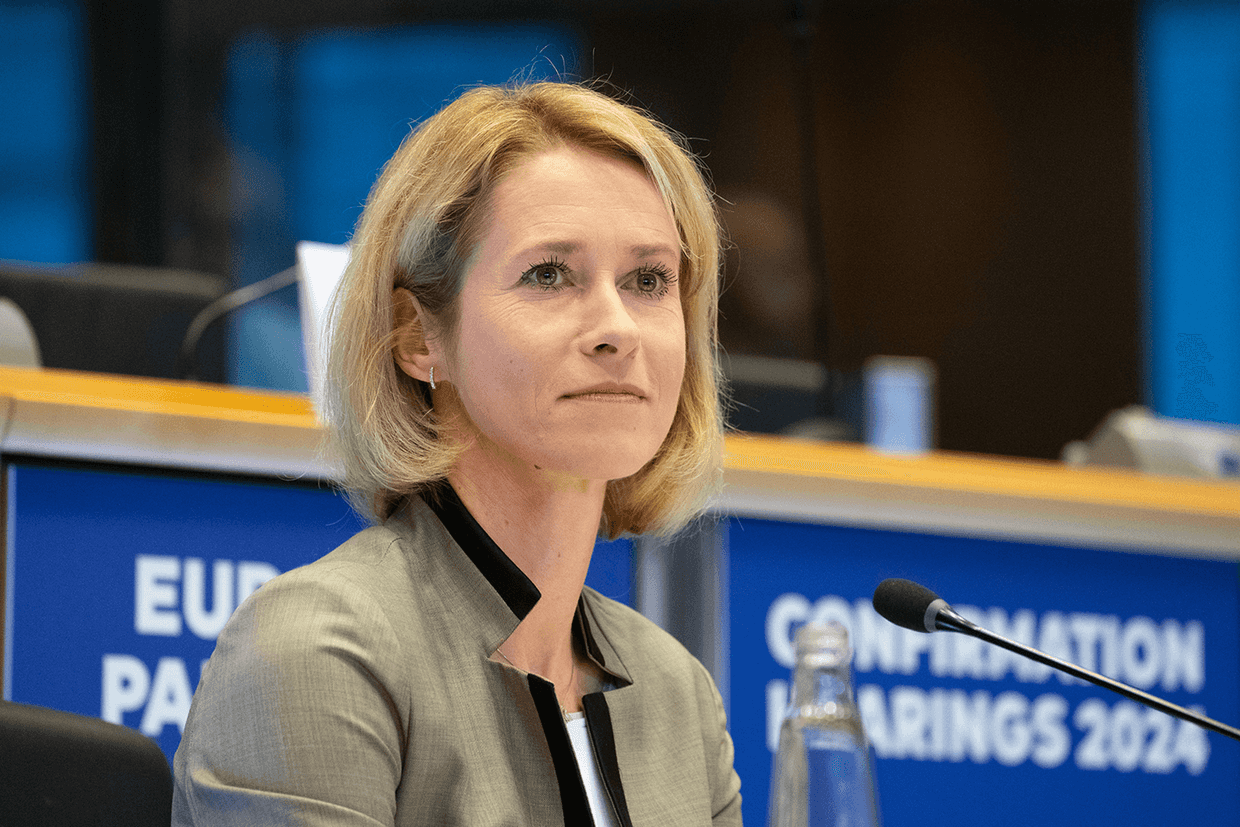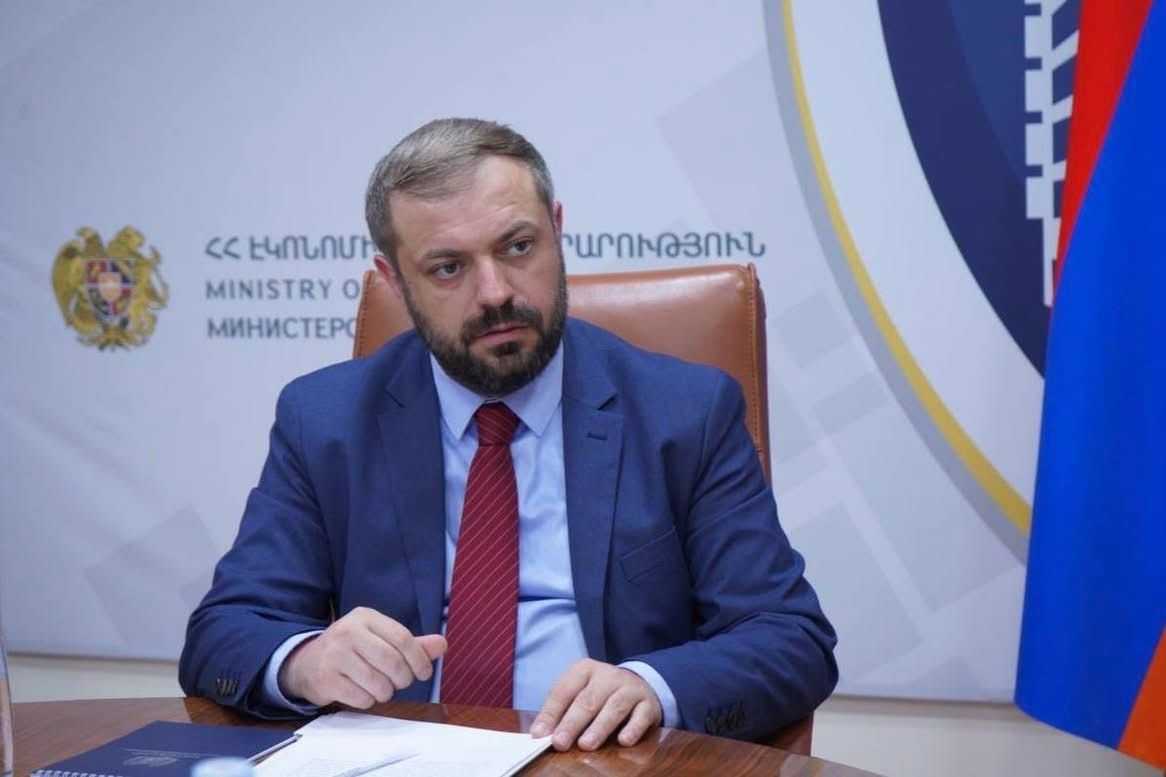
Clashes in late December near the town of Hadrut may have been confirmed after remains of Armenian soldiers killed in the fighting were reported to have been transferred to their families.
Two weeks after the reported clashes, the families of several Armenian soldiers said that their relatives’ remains had been handed over to Armenia.
Azerbaijani sources reported casualties from both sides in late December, while Armenian officials denied the clashes took place.
On 6 January, local media reported that the bodies of six servicemen reportedly killed on 27 December were handed over to Armenia a few days earlier.
The father of one of the deceased reported he had lost contact with his son as early as 12 October. According to several relatives, the bodies showed signs of torture.
The Azerbaijan Ministry of Defence claimed on 27 December that Armenian soldiers had launched an attack towards the village of Tugh (Togh), near Hadrut. Armenian denied violating the ceasefire and described the Azerbaijani Army’s statement a ‘provocation.’
‘No military units of the Defence Army, no serviceman took part in any operation, no emergency was registered, not a single shot was fired by the Armenian side’, their statement reads.
Azerbaijan took control of Tugh during the second Nagorno-Karabakh war, and the village now lies around 10 kilometres from the line of contact between the two sides.
The Nagorno Karabakh State Service of Emergency Situations said that search and rescue groups not allowed to enter the Hadrut region on 28 December and that search operations around Fuzuli were halted on 29 December.
On 29 December, footage showing the bodies of six soldiers reportedly killed in Tugh circulated in Telegram channels.
Denying the skirmish once again, Armenian authorities said they were working to identify the soldiers shown in the videos. The Defence Army speculated that they may have been captives from the war that were subsequently murdered by Azerbaijan.
The Russian Defence Ministry also stated that they were investigating the reports of clashes.
Searches continue
A previous ceasefire violation near Hadrut reportedly took place on 12 December, when both sides accused each other of launching an attack towards the villages of Khtsaberd (Chaylaggala) and Hin Tagher (Kohna Taghlar). The clashes left several wounded soldiers on both sides.
An Armenian military unit of around 60 servicemen remains missing after the incident.
On 13 December, the State Security Service and the Ministry of Defence of Azerbaijan issued a joint statement announcing an ‘anti-terrorist operation’ in forested areas near Hadrut.
Several instances of Armenian soldiers and civilians being found in areas which are now under Azerbaijani control have been confirmed. On 20 December, Nagorno-Karabakh president Arayik Harutyunyan announced that six soldiers had been found and returned to Armenia after spending 70 days in ‘obscurity՛. The following day, it was reported that two civilians — a father and son — had been found alive.
The Ministry of Health of Armenia had stated that as of 1 January, the remains of 3,330 soldiers had been examined. The search and identification process is still ongoing, and there are no exact numbers of killed, captured, and missing soldiers.
The remains of around 1,200 soldiers and civilians have so far been found as a result of the search operations since the end of the war. The process is being implemented by the State Service of Emergency Situations of Nagorno Karabakh with the support of the International Committee of the Red Cross and the Russian peacekeeping contingent. Local residents and relatives of missing soldiers are also taking part in the process.
For ease of reading, we choose not to use qualifiers such as ‘de facto’, ‘unrecognised’, or ‘partially recognised’ when discussing institutions or political positions within Abkhazia, Nagorno-Karabakh, and South Ossetia. This does not imply a position on their status.








